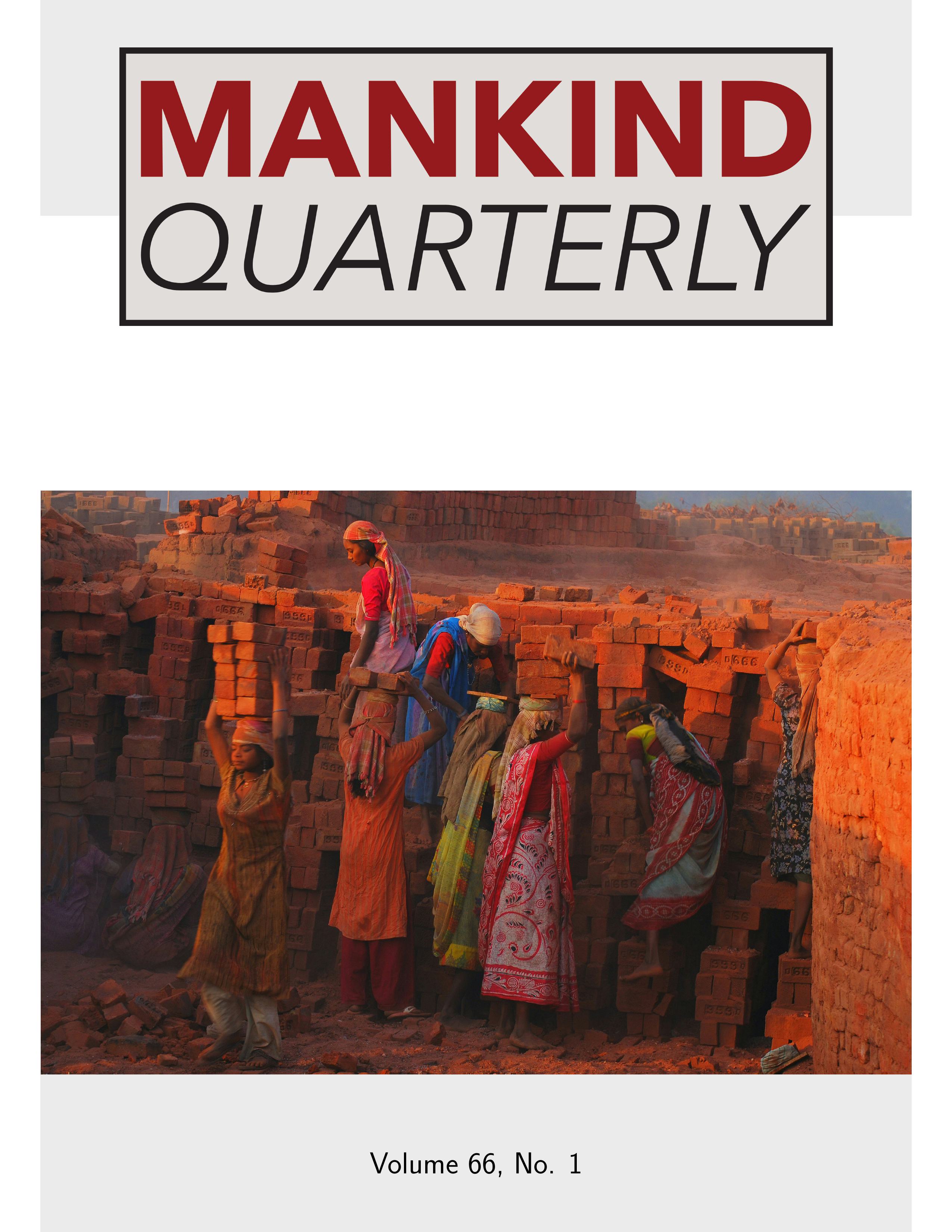Home > Archive > Volume 45, No. 1 > This paper
The Anthropometric Factor in Assessment of Physical Abilities of Young Female Volleyballers (Aged 13-16)
Raini Stamm and Meelis Stamm
Published: 2004/09/01
Abstract
The study discusses the relations between the body build of 46 young female volleyballers (age 13-16 years, 51 characteristics including 11 skinfolds) and the results of nine physical ability tests. The tests included four jump tests, endurance, trunk strength, flexibility, speed and medicine ball throwing tests. Correlation of basic anthropometric characteristics with test results showed that all the tests except the trunk strength test and the flexibility test were to a greater or smaller extent related to body measurements. Body fat content had a negative impact on jump tests, and on endurance and speed tests. The endurance test correlated negatively with body measurements; smaller players had greater endurance. In regression analysis, to show the dependence of physical ability test results on body build, two models were used: 1) height, weight and age; 2) other anthropometric characteristics. The second model predicted the variability of tests results within 48-89%. In all cases the model of height, weight and age yielded somewhat less significant results. The test results were placed in a 5 SD classification of weight and height. The classification showed that jumping ability improved gradually from the small to the medium to the big class; leptomorphs could jump higher than pycnomorphs. In speed tests leptomorphs were more successful than pycnomorphs.

